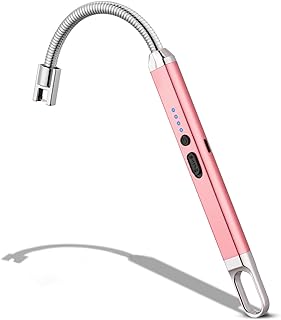The Anatomy of a Lighter: Understanding the Parts and How They Work
A lighter, a seemingly simple object, houses a complex interplay of parts to create a reliable flame. Here's a breakdown of the key components and their functions:
1. Fuel Tank:
* Material: Typically made of metal (steel, brass, or aluminum) for durability and resistance to heat and pressure.
* Function: Holds the flammable fuel, usually butane, propane, or a mixture.
2. Fuel Valve:
* Material: Metal with a spring and a lever or button mechanism.
* Function: Controls the flow of fuel from the tank to the burner. When pressed, the valve opens, allowing fuel to be released.
3. Fuel Line:
* Material: Thin, flexible tubing made of rubber or plastic.
* Function: Carries the fuel from the valve to the burner.
4. Burner:
* Material: Usually made of metal, often brass.
* Function: Consists of a small nozzle with tiny holes that release the fuel in a fine mist. The fuel is then ignited by the spark.
5. Igniter:
* Types:
* Flint & Steel: Friction between a flint wheel and a steel striker creates sparks to ignite the fuel.
* Piezoelectric Igniter: A small crystal releases an electrical spark when pressed.
* Electronic Igniter: Uses a battery and a small electric arc to ignite the fuel.
* Function: Provides the initial spark that ignites the fuel.
6. Flame Adjustment:
* Material: Often a small wheel or lever.
* Function: Allows you to control the size of the flame by adjusting the fuel flow.
7. Safety Features:
* Child-resistant Mechanism: Requires a specific sequence of presses or movements to activate the lighter, preventing accidental use by children.
* Flame-out Safety: Automatically shuts off the fuel flow if the flame is extinguished, preventing leaks and potential hazards.
How a Lighter Works:
1. Fuel Flow: When the valve is pressed, the fuel travels through the line to the burner nozzle.
2. Spark Generation: The chosen igniter (flint, piezoelectric, or electronic) creates a spark.
3. Fuel Ignition: The spark ignites the fuel mist exiting the burner nozzle, creating a flame.
4. Flame Control: The flame adjustment mechanism controls the fuel flow, thereby adjusting the size and intensity of the flame.
Types of Lighters:
* Disposable Lighters: Have a built-in fuel reservoir and are discarded after the fuel runs out.
* Refillable Lighters: Allow you to refill the fuel tank using a butane canister.
* Torch Lighters: Produce a powerful, focused flame for specific tasks like lighting grills or cigars.
* Zippo Lighters: Known for their wind-resistant design and refillable fuel tanks.
Understanding the anatomy of a lighter helps you appreciate the clever engineering behind its simple operation. It also equips you to troubleshoot issues and maintain your lighter for years to come.


